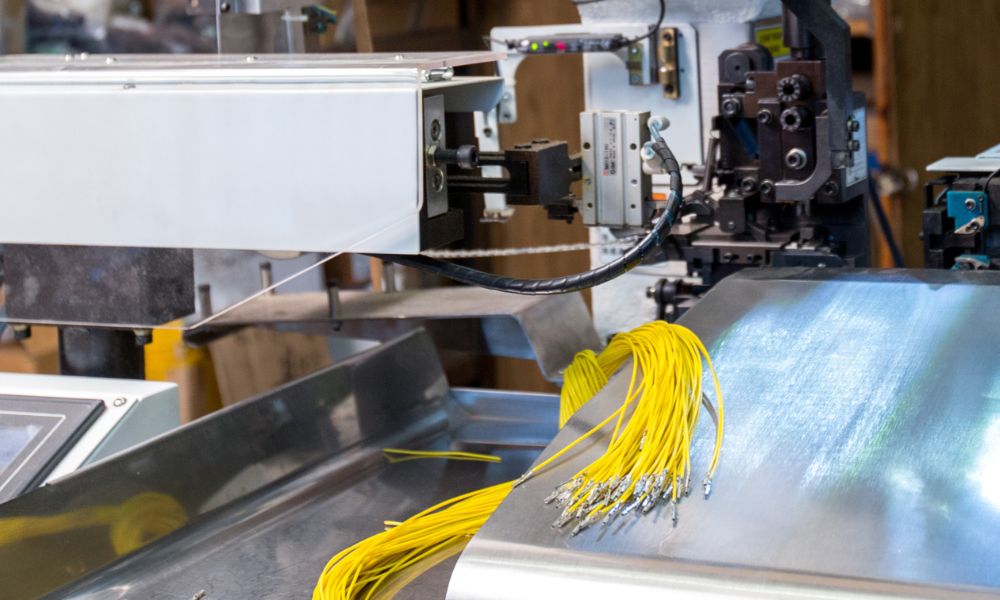Maintenance Tips for Your Automatic Crimping Machine

Proper maintenance of crimping machines is essential for optimizing their performance, improving productivity, and minimizing the risk of failures and injuries in the workplace. Below, we will discuss key maintenance tips and best practices for ensuring the smooth operation and longevity of your automatic crimping machine.
Schedule Regular Inspections and Preventive Maintenance
Consistent inspection and preventive maintenance are crucial for the optimal performance of automatic crimping machines. Develop a schedule to inspect and maintain various machine components, like die sets, grippers, wire pull tests, and termination tooling.
Regular visual inspections can help identify wear and tear, dirt, debris, and loose connections. Implement a preventive maintenance schedule to lubricate moving parts, replace worn-out components, and clean the machine thoroughly.
Clean the Die Set and Tooling
Die sets and tooling are vital components of automatic crimping machines, and their proper care is essential. Industrial lubricants or cleaning solutions can clean the die sets and tooling. Use non-abrasive cloths to minimize scratches and follow the manufacturer’s recommended cleaning procedure to avoid damaging these critical components.
Monitor and Calibrate the Machine
Ensure the accuracy and reliability of your automatic crimping machine by regularly checking its calibration. Calibration ensures the machine’s precision, reducing the risk of improper crimps and potential damage to components. Maintain a calibration schedule following the manufacturer’s guidelines, and always use certified calibration sets for reliable measurements.
Keep the Electrical Components in Optimal Condition
Electrical components like cables, switches, and connectors are prone to wear and tear. Regularly check for any signs of damage or loose connections. Replace damaged components immediately to prevent electrical hazards and maintain the automatic crimper’s performance.
Train Your Staff
Proper training of the personnel operating the automatic crimping machine can significantly improve the machine’s maintenance and performance. Invest in training for best practices, safety procedures, and basic troubleshooting skills. A well-trained staff is more capable of identifying and addressing potential issues promptly, reducing the risk of expensive breakdowns and downtime.
Document and Analyze Performance
Keep a log of the machine’s performance, maintenance activities, and breakdown events. Analyze this data to identify trends, patterns, and recurring issues affecting your automatic crimping machine’s efficiency. This information can be used to refine your maintenance strategy, improve the machine’s overall performance, and plan for necessary repairs or replacements.
Conclusion
Follow our maintenance tips for automatic crimping machines, and we’re sure that your crimper will last longer and work better. Remember, the key to maintaining the longevity and optimal performance of your automatic crimping machine lies in regular inspections, proper cleaning, and calibration, addressing electrical issues, and providing adequate training to your staff. By following these best practices, you can reduce the risk of machine breakdowns, improve productivity, and ensure a safer working environment for your staff.
If your automated crimper is beyond repair and maintenance and you need a new one, Tri-Star Technologies has a wide selection of crimpers for various applications. Learn more about our crimpers online or contact our staff today.


